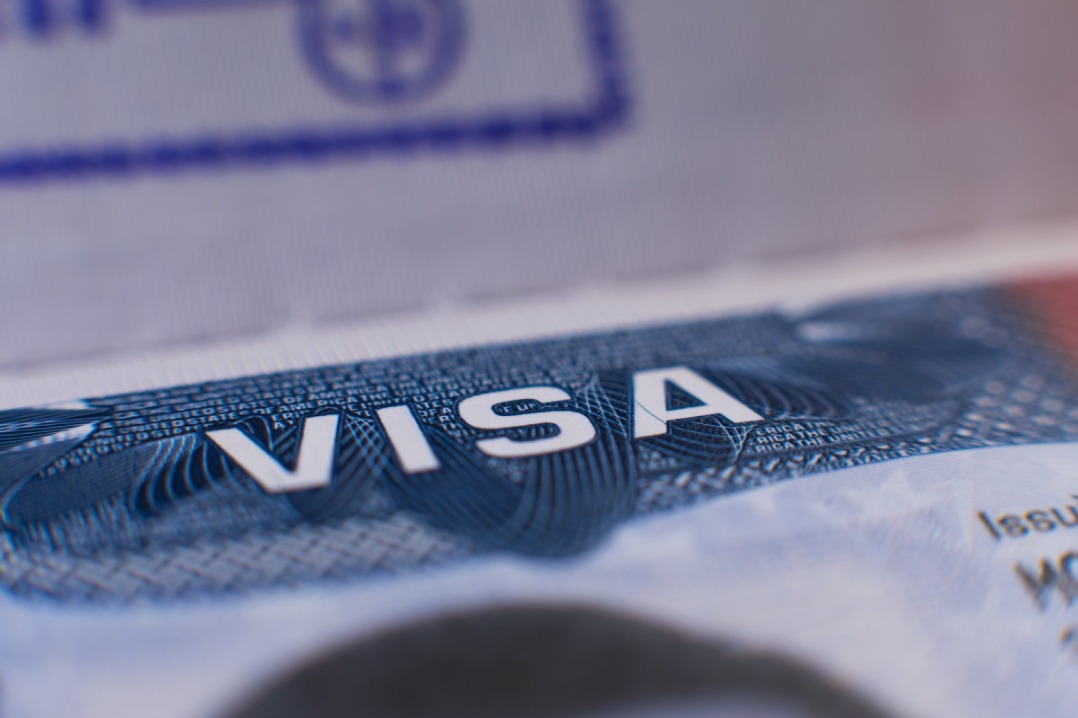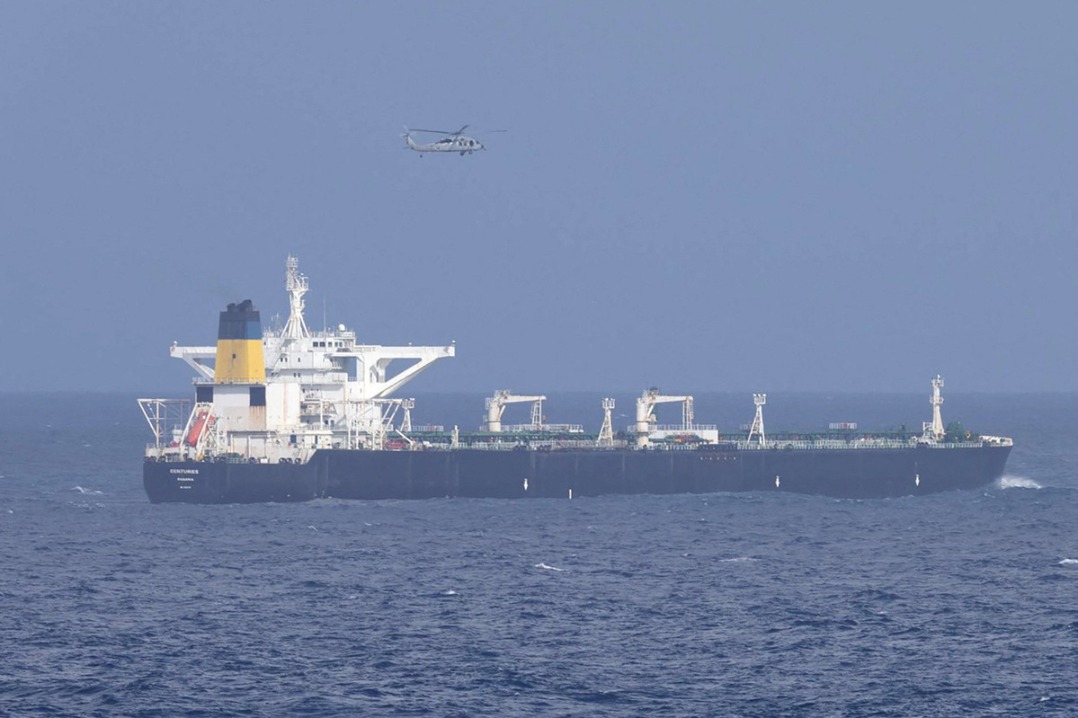West Coast ports losing traffic to tariffs


Business from other Asian nations increases, but not enough to offset declines from China
The latest round of tariffs stemming from the US-China trade dispute has led to significant losses in cargo volume from China at West Coast ports, which also has had a negative impact on local economies, port directors said.
"If we look under the hood for what this great year represented for the Port of Los Angeles, you will see that for every container we gain from new locations in Southeast and South Asia, we lose two and a half containers from China," said Eugene Seroka, executive director of the Port of Los Angeles.
The US-China trade clash has caused the Port of Los Angeles to slow business with China, its biggest trading partner, Seroka warned LA City Council members at a meeting Wednesday.
The Trump administration's 15 percent tariffs kicked in Sunday on about half of $300 billion in Chinese imports. The items taxed included a range of consumer items, such as footwear, Bluetooth headphones and flat-panel televisions.
China's Ministry of Commerce said Thursday that the two sides will resume senior-level trade talks in Washington DC in October, raising hopes of an end to the tit-for-tat trade war that continues to unnerve the global economy. The US stock market rallied Thursday in response.
Imports from China at the San Pedro Bay complex, which includes the Port of Los Angeles and Long Beach, fell 9.6 percent in the first half of 2019 compared with the same period in 2018, while exports to China declined 22 percent.
Sales of certain exports to China dropped significantly. The bay complex shipped 96.6 percent fewer soybeans and 73.9 percent fewer grains to China, for example.
Trade with other Asian countries, such as Vietnam, Cambodia and Singapore, jumped rapidly. Imports of Vietnamese products to the US rose 23. 5 percent between the first half of 2018 and the same period in 2019.
"Unfortunately it's going to take seven Vietnams to make up for the loss of cargoes in China due to these policies, and the simple fact is, American companies doing business in China today earn more revenues from their operations in the mainland than we spend on American exports to China as a whole," Seroka said.
At the Port of Seattle, where China is the top trading partner in both imports and exports, Port of Seattle Commissioner Ryan Calkins told NBC during a recent interview that the state's economy is closely tied to China.
"What we're hearing about this latest round of tariffs is it's a big problem for Washington state," Calkins said.
"It will affect everyone in the US, but as the most trade-dependent state in the nation, it particularly impacts us," he added.
According to the latest data from the port, imports from China through the Northwest Seaport Alliance fell 12.48 percent in value through July 2019, compared with the same time last year. Exports to China were down 23.04 percent in value for that same period.
The Northwest Seaport Alliance comprises the ports of Seattle and Tacoma.
China accounts for more than a third of the Port of Oakland's total trade volume, but Mike Zampa, communications director for the port, told China Daily that the Northern California port's volume has grown in 2019 despite tariffs.
"Our concern is for our customers who find it increasingly difficult to plan their business due to the uncertainties of tariffs. We have urged resolution of the trade dispute," he said.
Seroka said companies in the US will bear the costs of the tariffs.
"If they would absorb costs at this rapid pace, that could impact hiring, and expenditure on business and capital investment, and we see that is true today as well," he said.
Although the LA port moved 9,688,252 TEUs (20-foot equivalent units) of cargo volume in the 2018-2019 fiscal year, which exceeded the record-breaking calendar year 2018 by 229, 504 TEUs, the threat of future tariffs on Chinese imports is a contributing factor to the surge.
"We have simply seen more exports in a choppy fashion trying to come into the United States ahead of the new tariff milestones, and a lessening of exports, widening the trade gap, which is counter to what this policy was originally designed to do," Seroka said. "That puts financial and operational stress on the port as well as its partners from the private sector. That must be rectified quickly."

































